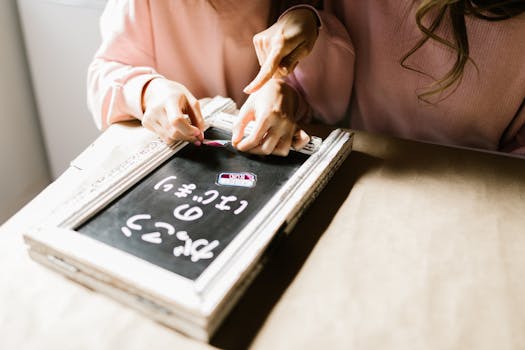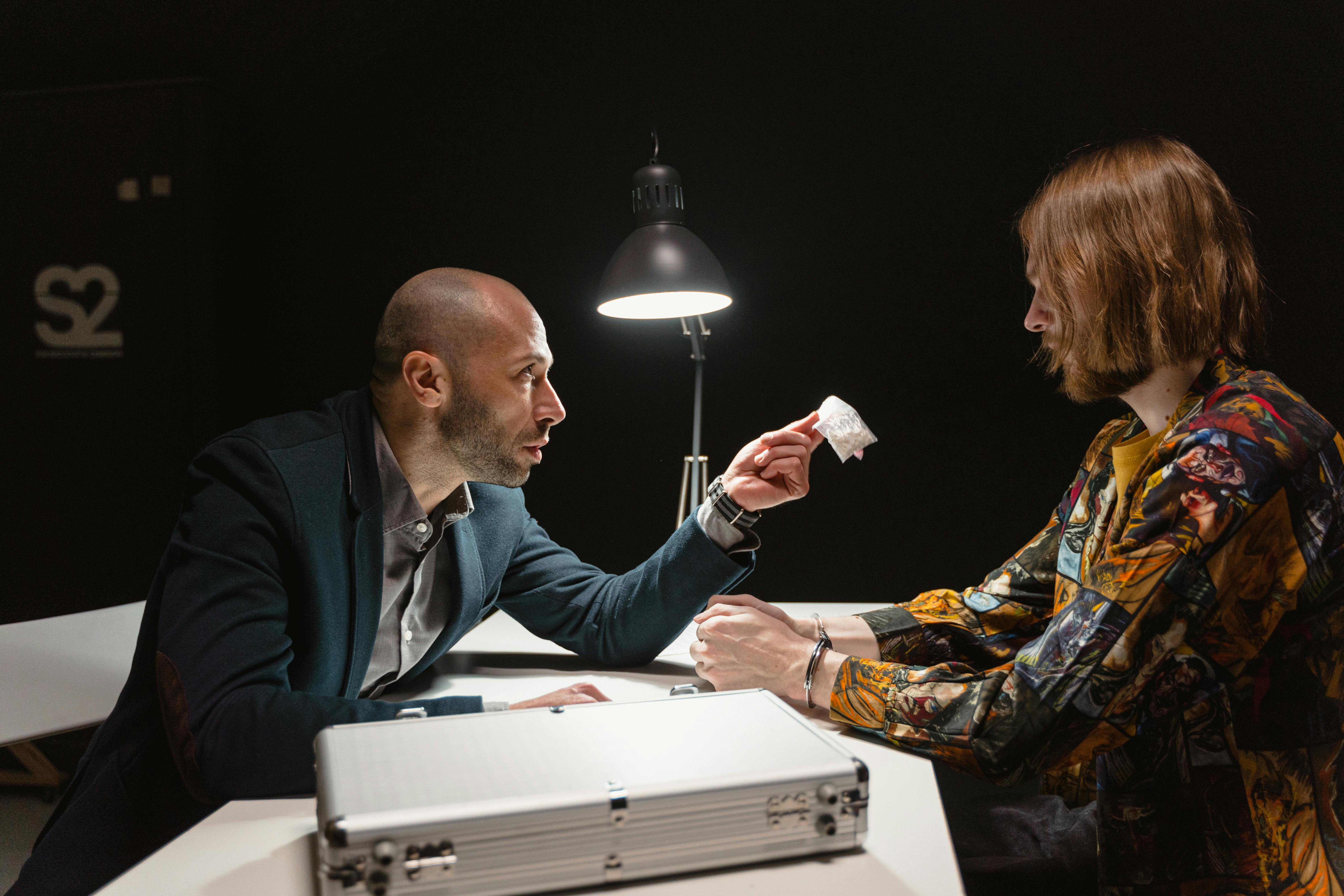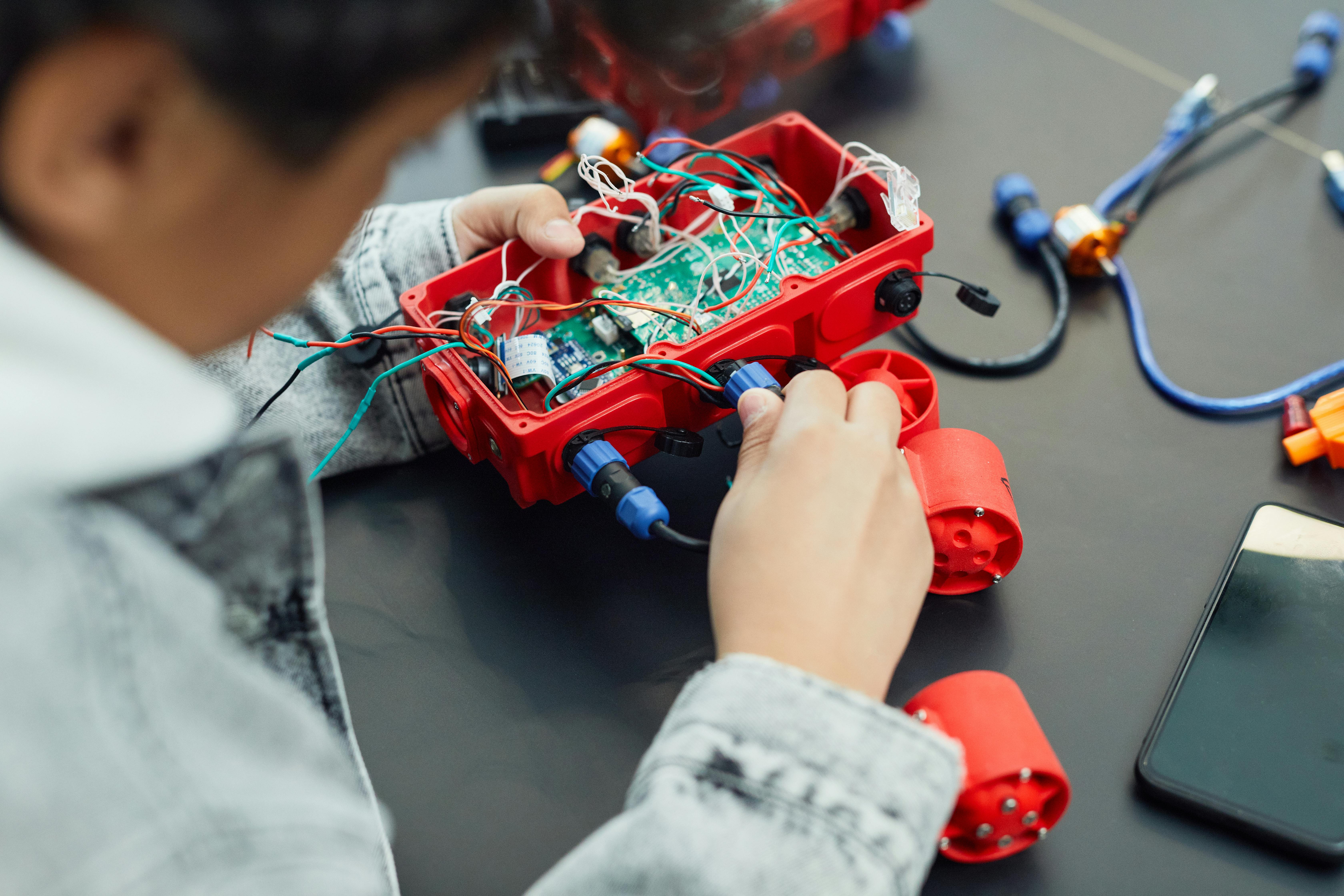As an affiliate, I earn from qualifying purchases, but this doesn't affect the reviews or recommendations—your trust is important to me!
Create Your Own DIY Lava Lamp Experiment at Home

Today, We're Making:
- - DIY Lava Lamp Experiment
- - 1. DIY Solar System Model: In connection with the space exploration and events around the date, children can make a 3D model of the solar system, learning about the planets, their size, distances.
If you're searching for a fun and interactive learning activity that your kids will absolutely love, you're in the right place.
Remember how mesmerized you felt the first time you saw a lava lamp? Today, we will be bringing back that nostalgia, except this time, we're adding a little twist.
Throw away the media script that says fun science projects are complicated, because we're about to embark on an exciting DIY project - making your own DIY Lava Lamp Experiment!
Not only is this a fantastic opportunity to ignite your child's interest in science, but it's also an exciting journey into understanding some basic principles of physics and chemistry.
Grab your safety goggles (and your curiosity), we're diving into the world of homemade science experiments.
Trust us, this won’t be your ordinary DIY craft. Let's light up some science fun!
Materials you'll need for your DIY Lava Lamp Experiment
To make your lava lamp experiment a success, ensure to gather the following materials. Remember, safety first, make sure to get your kid's safety glasses on as this is a science experiment after all.
- Clear Glass or Plastic Container
- Vegetable or Baby Oil
- Water
- Food Coloring (Any color of your choice)
- Effervescent Tablets (Alka-Seltzer or any generic brand will do the trick)
It's no secret that kids science projects like this one often require materials that you can easily find at home. Not having to leave your house to buy fancy equipment, makes this DIY project both convenient and affordable. So, what are we waiting for? Let's start creating your homemade lava lamp!
The Incredible Homemade Lava Lamp: Step-by-Step Guide
Here are the magical steps to create your DIY lava lamp. Simply follow the steps, see the magic unfold and at the same time understand the science behind it all.
- Fill it up: Begin your DIY lava lamp experiment by filling your chosen container with oil. You'll want to fill it about three-quarters of the way.
- Add some Color: Now it's time to bring in the vibrant vibes. Over the layer of oil, pour water until the container is almost full. Note: Do notice how the water settles down beneath the oil - not mixing with it.
- Create your colored bubbles: Choose your favorite food coloring and add several drops into the container. Though oil refuses to mix with water, the food coloring will seep through to the water, giving it a beautiful color.
- Ready, Set, Fizz: Drop an effervescent tablet into the container and watch as your homemade lava lamp starts to come alive.
The Science Behind Your DIY Lava Lamp Experiment
While this might look like a fun DIY craft (and it very much is!), this is also an excellent way to demonstrate to kids a scientific principle called liquid density. Because oil is less dense than water, it stays on top. The effervescent tablets create gas bubbles that rise, carrying some colored water with them. Once the gas bubbles pop at the surface, the colored water, being denser than oil, sinks back down. This constant movement gives the impression of a lava lamp.
So there you have it - a simple STEM activity built around everyday household materials. Your DIY lava lamp experiment gives you an exciting demo of physics in the comfort of your own home. This DIY experiment is proof that science for kids doesn't have to be complicated to be powerful. This craft not only harnesses kids' love for creativity, but also introduces them to the fascinating world of science. Learning has never been so fun, has it?

DIY Lava Lamp Adventure: A Journey of Science and Fun
And that brings us to the end of this exciting and illuminating adventure. We've learned, we've created, and enjoyed a spectacle! So grab your kids, pour in the liquids, drop in a tablet, watch the magic unfold, and let the glowing lights of your DIY lava lamp experiment spark a love of science that could last a lifetime.
Remember, science is all around us, even in the most unexpected places, like a DIY lava lamp. Keep exploring, keep questioning, and most importantly, keep having fun with it. Who knew science could be so beautiful, and right in your own home, too?
It's Your Turn Now
Now, it's time for you to light up the world with your newfound knowledge and creativity!

You May Also Like These:
DIY Solar System Model: A STEM Project for Kids
Ignite your child's curiosity and enhance their knowledge on space and the solar system with this simple, fun DIY project. Here's how to create a realistic solar system right at your home!
Materials Needed:
- Balloons or foam balls of various sizes (9 in total)
- Acrylic paints in different colors
- Paintbrushes
- Hanging wire, string or fishing line
- Scissors
- Glue
- Black poster board (optional)
Instructions:
- Gather your materials: Ensure you have all items mentioned in the materials list above.
- Identify the Planets: Assign each foam ball or balloon to a specific planet based on size and color characteristics found in your research. Don't forget the sun!
- Paint the Planets: Using the acrylic paints, paint each foam ball or balloon to represent the planet it has been assigned to. For a more realistic look, you can mix different colors and techniques.
- Dry the Planets: Let the planets dry completely. This might take a few hours or even overnight depending on the amount of paint used.
- Assemble the Solar System: Arrange your painted planets in order from the sun. Attach a length of string around each planet.
- Hang the Planets: Tie each string with a planet to the black poster board or ceiling, arranged by their distance from the sun. You can also suspend them from a hanger or mobile if you have one available.
- Review and Learn: Explore the solar system with your child, identifying each planet and discussing their unique traits.
Now you have a fantastic, homemade solar system model for your young astronomer to marvel at and learn from! Happy exploring!
STEM Project: Learning about the Planets
A fun and educational activity for kids to learn about our solar system and its many different planets.
Ingredients:
- Poster board or large sheet of paper
- Markers or colored pencils
- Research materials about the planets (books, internet)
- Stickers or cut-out pictures of the planets
Instructions:
- Gather all materials: Ensure you have all the ingredients listed above. If not, acquire them before starting.
- Research: Use the research materials to learn about the different planets. Make sure to note the size, color, and interesting facts about each one.
- Sketch: On the poster board, have your child sketch out the solar system. They can create circles for each planet and lines for their orbits.
- Color: Have your child color in each planet as they discovered in their research. This is a great way for them to remember which planet is which.
- Label: Next, they should label each planet and write down the interesting facts they learned.
- Review: Once the project is complete, have them review what they have learned with you. They can point out each planet and share their facts.
Exploring the Solar System: STEM Project for Kids
Follow these instructions to create a fun and educational STEM project that will teach your child about our Solar System.
Ingredients
- Poster Board: This will be your base where you will map out the solar system.
- Paint or colored markers: To color your planets and the space around them.
- Circles of varying sizes: These circles or spheres will represent the different planets. You can use Styrofoam balls, old ping pong balls or even marbles depending on the size you need.
- Glue: To stick your planets on the base.
Instructions
- Step 1: Start by painting your poster board black to create the backdrop of space. Allow it to dry.
- Step 2: Paint or color your circles/spheres to represent the nine planets. You can use an image of the solar system for guidance.
- Step 3: After the planets have dried, determine where they will be placed on your poster board. Draw faint circles to mark their locations.
- Step 4: Glue the planets onto their designated spots on the poster board. To create a 3D effect, you may want to use extra glue
- Step 5: Once the glue has dried and the planets are secured, use the markers to label each planet and draw its orbit around the sun.
STEM Project: Rainbow in a Glass
Ingredients:
- 5 glasses of water
- Food coloring (red, yellow, blue)
- 5 tablespoons of sugar
- 5 spoons
Instructions:
Step 1: Prepare the Glasses
Arrange the glasses in a line and fill them up with different volumes of water. The first should be filled to the top, the second a bit less, and so on. The fifth glass should only be one-quarter full
Step 2: Add the Sugar
Add 5 tablespoons of sugar to the first glass, 4 tablespoons to the second, 3 to the third, 2 to the fourth, and 1 to the last glass.
Step 3: Add the Food Coloring
Now it’s time to create the colors: Glass 1 is red, glass 2 is yellow, glass 3 is green (made by mixing blue and yellow), glass 4 is blue, and glass 5 is purple (made by mixing blue and red).
Step 4: Mix the Solution
Make sure that all the sugar has dissolved to create a saturated solution. After this, allow the solution to sit for a while.
Step 5: Stack the Glass
Carefully stack the glasses on top of the other, in order of decreasing concentration, to create the rainbow effect.
STEM Project: Saltwater Circuit
Ingredients:- 1 Lemon
- 1 foot of Copper Wire
- 1 foot of Zinc Wire
- 1 LED Light
- Salt
- 1 Cup of Water
Instructions:
Step 1:Squeeze the lemon into the cup of water. Make sure to remove any seeds or pulp.
Step 2:Add three tablespoons of salt into the lemon water and stir until it's completely dissolved.
Step 3:Strip about half an inch of insulation from both ends of the copper and zinc wires.
Step 4:Attach one end of the copper wire to one of the LED bulb's terminals, and the other end into the saltwater. Do the same with the zinc wire.
Step 5:Wait and observe. If everything is done correctly, the LED bulb should light up, indicating that your saltwater circuit is a success.
STEM Project: Homemade Seismograph
Materials:- 1 Shoebox with lid
- 1 Ballpoint pen
- Paper roll
- String
- Tape
Instructions:
Step 1:Use tape to attach the ballpoint pen vertically inside the shoebox lid at one end. Make sure the pen tip is pointed downwards.
Step 2:Roll out the paper across the length of the shoebox and secure the ends with tape.
Step 3:Attach the string to the middle of the box. The string should be long enough to hang over the end of the box.
Step 4:Attach the box lid with the pen to the other end of the string. Adjust the height so that the pen touches the paper lightly.
Step 5:Shake the box gently to simulate seismic activity. The pen should move across the paper drawing the pattern of the 'earthquake'.











